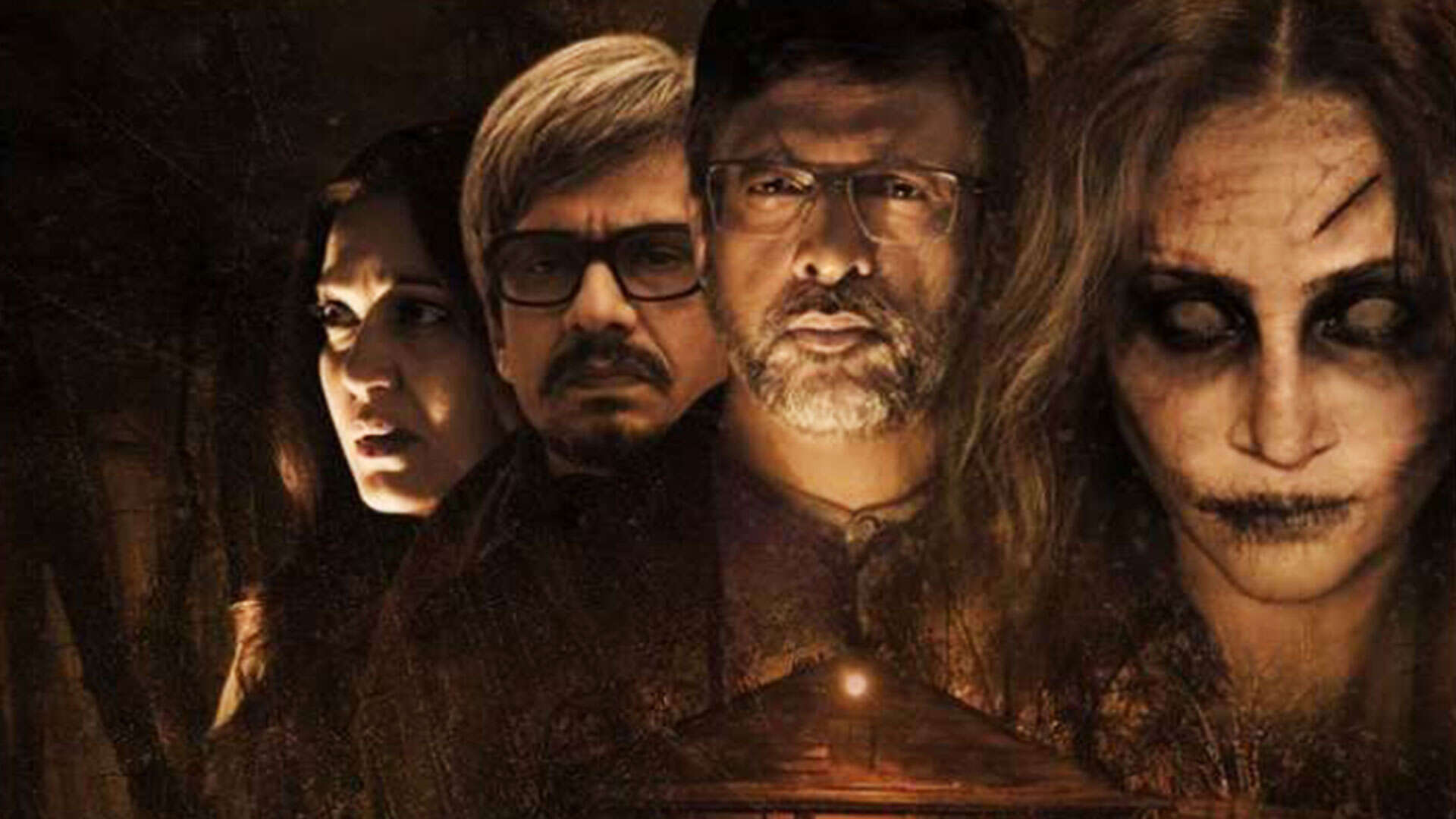Horror Thriller Movies Hindi Dubbed

The popularity of horror thriller films dubbed in Hindi is steadily growing, offering a wider audience access to international cinematic experiences. This trend reflects a broader shift in viewing habits, with audiences increasingly seeking diverse and engaging content beyond traditional Bollywood fare.
The rise in popularity of these dubbed films raises questions about the impact on the Indian film market and the preferences of Hindi-speaking viewers. This article examines the increasing availability and consumption of Hindi-dubbed horror thriller movies, exploring its key drivers and potential consequences.
Demand and Distribution
Several factors contribute to the rising demand. The availability of Hindi-dubbed versions on streaming platforms such as Netflix, Amazon Prime Video, and Disney+ Hotstar has played a crucial role. These platforms offer a convenient and accessible way for viewers to discover and watch foreign horror thrillers in their preferred language.
The distribution of these films extends beyond streaming services. Television channels specializing in horror and thriller genres also regularly broadcast Hindi-dubbed movies. This broad reach ensures that a wide demographic, including those without access to streaming services, can enjoy these films.
Key Players
Several studios and distributors are instrumental in bringing these films to the Hindi-speaking audience. VOX Pictures, for instance, is known for dubbing a variety of international horror movies into Hindi. They often focus on acquiring the rights to popular, critically acclaimed films from around the world.
These distributors collaborate with voice actors and sound engineers to ensure the dubbed versions maintain the quality and intensity of the original films. High-quality dubbing is essential for ensuring audience engagement and a positive viewing experience.
Impact on the Indian Film Market
The influx of Hindi-dubbed horror thrillers is influencing the Indian film market in several ways. It is providing viewers with a wider range of content choices, potentially impacting the viewership of traditional Bollywood horror films.
However, it also creates opportunities for collaboration and innovation. Indian filmmakers might draw inspiration from international horror trends, leading to a fusion of styles and storytelling techniques.
"The accessibility of dubbed content is democratizing cinema, allowing audiences to explore genres and cultures previously unavailable to them," says Neha Sharma, a film critic based in Mumbai.
Audience Reception
Feedback from audiences suggests a generally positive reception to Hindi-dubbed horror thrillers. Viewers appreciate the opportunity to experience international cinema in their native language. Social media platforms and online forums are filled with discussions and recommendations of these films.
Many viewers also highlight the quality of the dubbing, praising the voice actors for capturing the nuances and emotions of the original performances. Subtitles are also frequently offered, catering to viewers who prefer to follow the original language while understanding the dialogue in Hindi.
Future Trends
The trend of Hindi-dubbed horror thriller movies is expected to continue its upward trajectory. As streaming platforms expand their reach and content libraries, the availability of these films will likely increase further. Moreover, advancements in dubbing technology and the growing pool of talented voice actors will enhance the quality and appeal of these versions.
This increasing popularity also presents opportunities for filmmakers to explore cross-cultural collaborations, potentially leading to co-productions that cater to both Indian and international audiences. The future of horror thriller in India seems to be inclusive of international content.
Ultimately, the rise of Hindi-dubbed horror thrillers signifies a shift towards a more globalized and diverse cinematic landscape in India. It offers audiences a broader spectrum of entertainment options and opens doors for creative exchange and collaboration within the film industry.


















